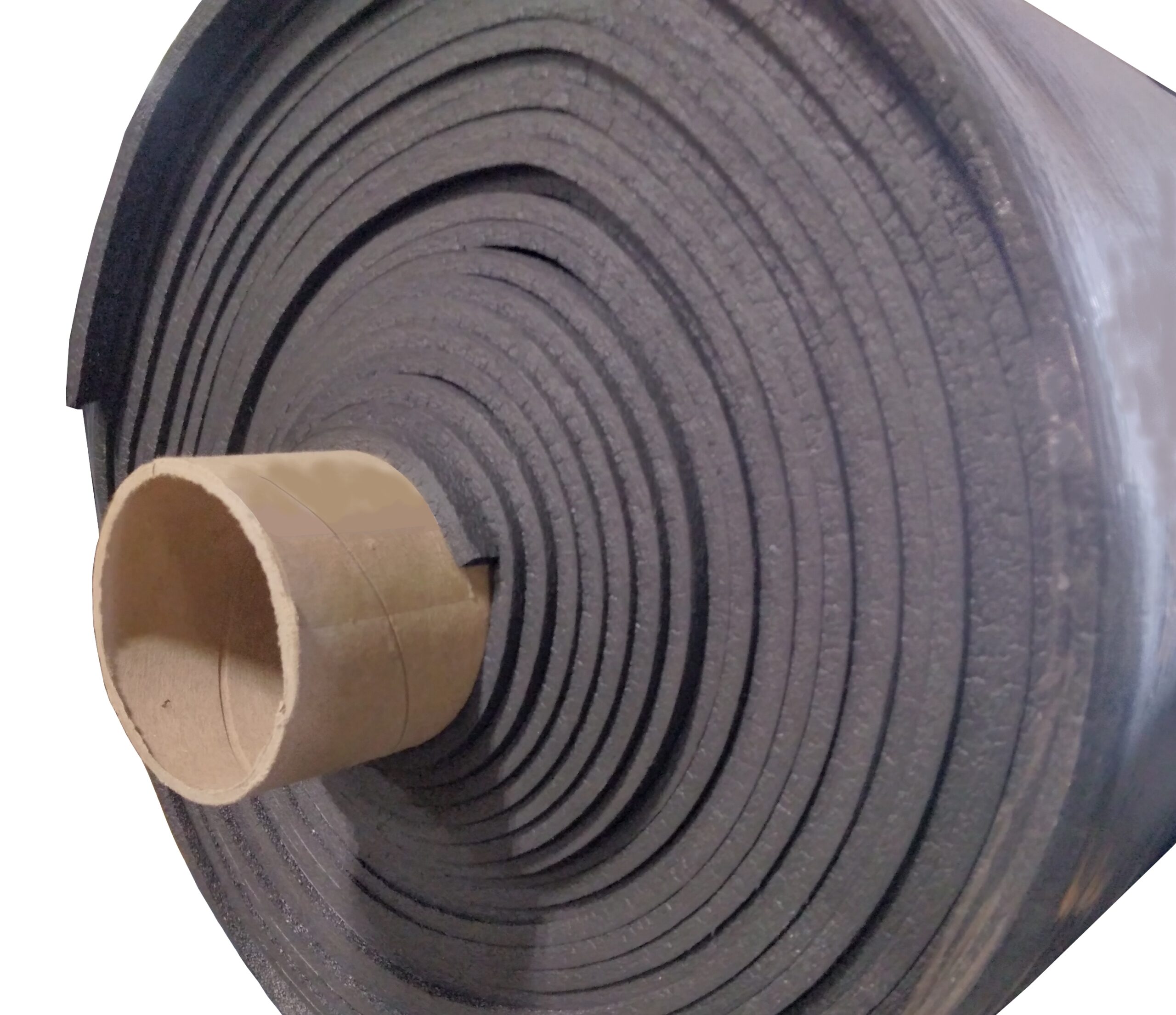This material is a closed cell vinyl/nitrile insulation foam. It is excellent for use any where in the cabin, firewall or bulkhead. It does not absorb water or oil and can also be used for heat insulation. This soundproofing insulation is also fire retardant and meets FAR25.853b, making it suitable for aircraft use. It is black, smooth on the inside, and can be installed using waterproof contact cement. Simple to install by cutting with an electric knife, scissor, or sharp knife. 48″ wide roll, sold by the linear foot. All sizes are certified. Burn test available upon request.
Soundproofing Foam
| SKU | Size | Sold By | Product Type | Rollable | Price | Dimensions | Buy | Cart |
Description
Soundproofing foam, also known as acoustic foam or sound-absorbing foam, is a type of material designed to reduce and control sound transmission and reverberation in indoor spaces. It’s commonly used in recording studios, home theaters, offices, and other environments where noise control is important. Here are some key features and characteristics of soundproofing foam:
- Open-Cell Structure: Soundproofing foam typically has an open-cell structure, which allows sound waves to enter the material and get trapped within its pores. This absorption process reduces the amplitude of sound waves, thereby minimizing noise transmission.
- Sound Absorption Coefficient: Soundproofing foam is designed to have a high sound absorption coefficient across a range of frequencies, effectively attenuating sound waves across the audible spectrum. This helps reduce echoes, reverberation, and overall noise levels in a room.
- Density and Thickness: The density and thickness of soundproofing foam play a significant role in its effectiveness. Thicker and denser foam tends to absorb more sound energy, resulting in better noise reduction properties. However, the specific requirements may vary depending on the application and the frequency range of the noise being addressed.
- Fire Resistance: Depending on the intended use and regulatory requirements, soundproofing foam may be manufactured with fire-resistant properties to enhance safety in indoor environments.
- Ease of Installation: Soundproofing foam is typically lightweight and easy to install. It can be attached to walls, ceilings, or other surfaces using adhesive, staples, or other mounting methods.
It’s important to note that while soundproofing foam can significantly reduce noise levels and improve acoustics within a space, it may not completely eliminate all sound transmission. For optimal results, it’s often used in combination with other soundproofing materials and techniques, such as mass-loaded vinyl, acoustic panels, and proper insulation.
Add a review
Currently, we are not accepting new reviews
Q & A
Ask a question
How wide is product
48" inches
(0)
(0)
Add an answer


1 review for Soundproofing Foam